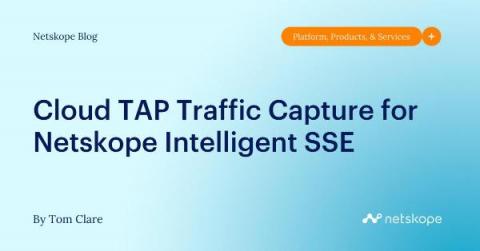Security | Threat Detection | Cyberattacks | DevSecOps | Compliance
Cloud
The Common Cloud Misconfigurations That Lead to Cloud Data Breaches
The cloud has become the new battleground for adversary activity: CrowdStrike observed a 95% increase in cloud exploitation from 2021 to 2022 and a 288% jump in cases involving threat actors directly targeting the cloud. Defending your cloud environment requires understanding how threat actors operate: how they’re breaking in and moving laterally, which resources they target and how they evade detection.
What The Cloud? | Talk Data To Me
Automate incident response and security workflows with Blink in the Datadog Marketplace
Security and DevOps engineers often spend a lot of time and effort creating and managing complex, repetitive workflows, such as incident response, honeypotting, recovery and remediation, and more. Blink is a no-code security platform that enables users to create workflow automations, triggers, and self-service apps to streamline processes, better enforce guardrails, and eliminate operational bottlenecks.
Unveiling best practices for a resilient cloud security strategy
The transition to cloud-based environments has ushered in unparalleled efficiency, scalability, and innovation. However, it has also magnified the importance of fortifying our digital fortresses against an array of potential risks. Considering the increasing reliance on cloud computing, it’s important to find the best practices and strategies that organizations can adopt to enhance their cloud security posture and mitigate the risks associated with cloud-based environments.
From Hardware to Cloud: Modernizing IT Infrastructure for Business Success
4 Ways To Improve Your Cloud Security Posture Management
New Cloud TAP Traffic Capture for Netskope Intelligent SSE
For remote work and hybrid working environments where we are now more dispersed the central collection point for traffic captures is within the cloud. Networking, infrastructure and operations, and security teams require traffic visibility for troubleshooting, performance monitoring, threat detection, discovery of assets, and to address compliance use cases.
Unlock Secure Hybrid Cloud Excellence: Building Digital Resiliency with Secure Application Delivery
Cloud-Centric Permission Management: A Conversation with Ron Nissim
In this conversation, Phillip Wylie is joined by Ron Nissim, the CEO of Entitle. They delve into the dynamic world of authentication and privilege access management, exploring the significance of automation and simplification in securing our digital landscape. They dive into the future of authorization and how innovative solutions like Entitle are reshaping the way we protect our data and systems.











